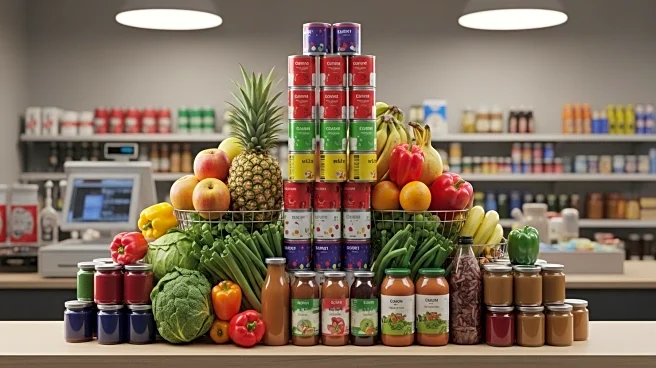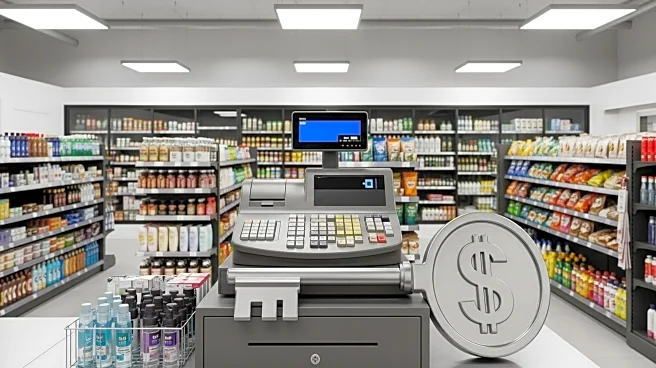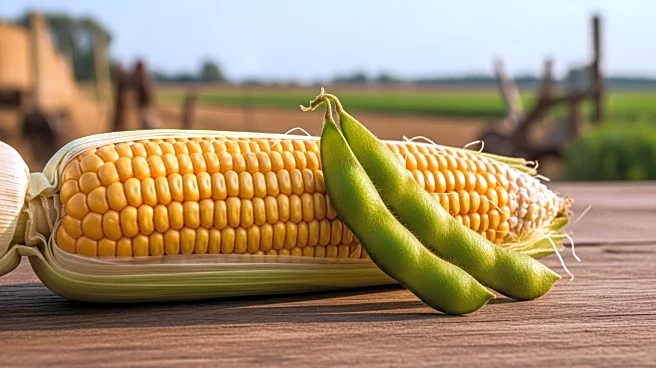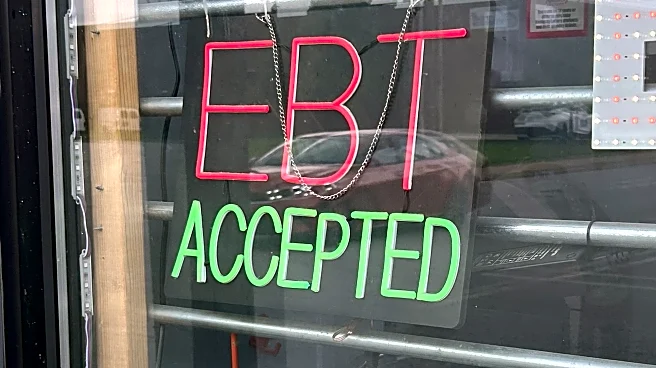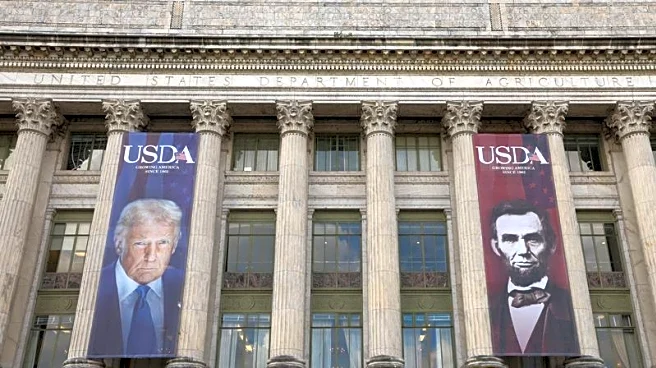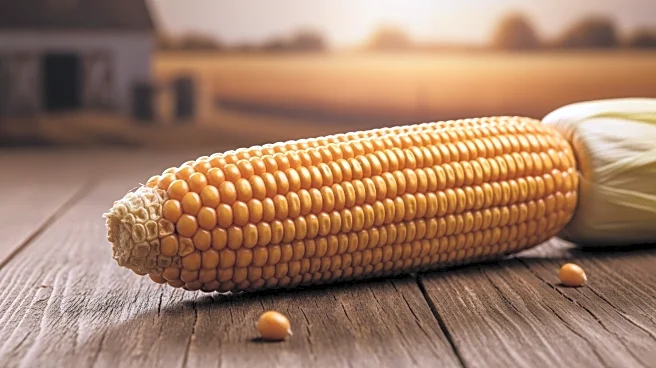What's Happening?
Three major food retail trade groups have reported that the cost of implementing state waivers to disqualify certain foods and beverages from purchase via the Supplemental Nutrition Assistance Program (SNAP) could reach approximately $1.6 billion for grocery retailers. These waivers, approved by the US Department of Agriculture, target products deemed 'unhealthy,' such as soda and candy. The analysis, conducted by FMI-The Food Industry Association, the National Grocers Association, and the National Association of Convenience Stores, indicates that convenience stores will bear the largest cost burden. The upfront cost of these waivers is estimated at $1 billion for convenience stores, with additional annual compliance costs of $759.1 million across all retailers. Smaller food retailers are expected to face more significant challenges due to the time-consuming nature of compliance tasks. The trade groups are urging the USDA and states to extend the timeline for implementing these restrictions and to provide clear definitions of disqualified foods.
Why It's Important?
The implementation of SNAP waivers presents significant financial and operational challenges for food retailers, particularly smaller and rural stores. The costs associated with technology updates, software upgrades, and compliance labor could impact the profitability of these businesses, which typically operate on low margins. The restrictions could also affect SNAP participants by potentially limiting their access to certain food items. The trade groups emphasize the need for clear guidelines and sufficient time to adapt to these changes to avoid confusion and ensure continued access to nutritious foods for SNAP recipients. The broader economic impact includes potential disruptions in the food retail market and increased administrative burdens on states, which will soon bear a larger share of SNAP administrative costs.
What's Next?
The USDA has approved SNAP waivers for a dozen states, with implementation expected by mid-2026. Additional states are considering similar waivers. As the timeline progresses, food retailers will need to adapt their systems and processes to comply with the new regulations. The trade groups are advocating for a collaborative approach with the USDA to ensure that independent grocers have the necessary clarity and time to implement these changes effectively. The outcome of these efforts will likely influence the future landscape of food retailing and SNAP administration in the United States.
Beyond the Headlines
The introduction of SNAP waivers raises questions about the balance between promoting healthy food choices and maintaining accessibility for low-income individuals. The ethical implications of restricting certain food items could lead to debates about consumer choice and the role of government in regulating dietary habits. Additionally, the financial strain on smaller retailers may lead to market consolidation, with larger chains better equipped to absorb the costs. This shift could alter the competitive dynamics within the food retail industry.

